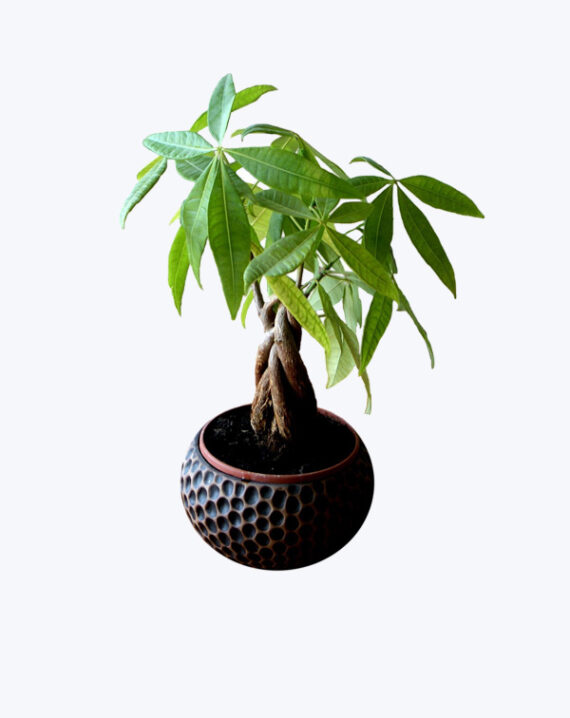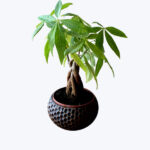-
 Caryopteris
Quantity: 1 £9.99
Caryopteris
Quantity: 1 £9.99 -
 Gaillardia × grandiflora
Quantity: 1 £7.99
Gaillardia × grandiflora
Quantity: 1 £7.99
Subtotal : £17.98






 Full sun
Full sun Partial Shade
Partial Shade





Reviews
There are no reviews yet.